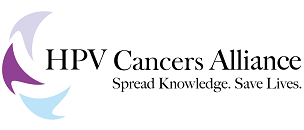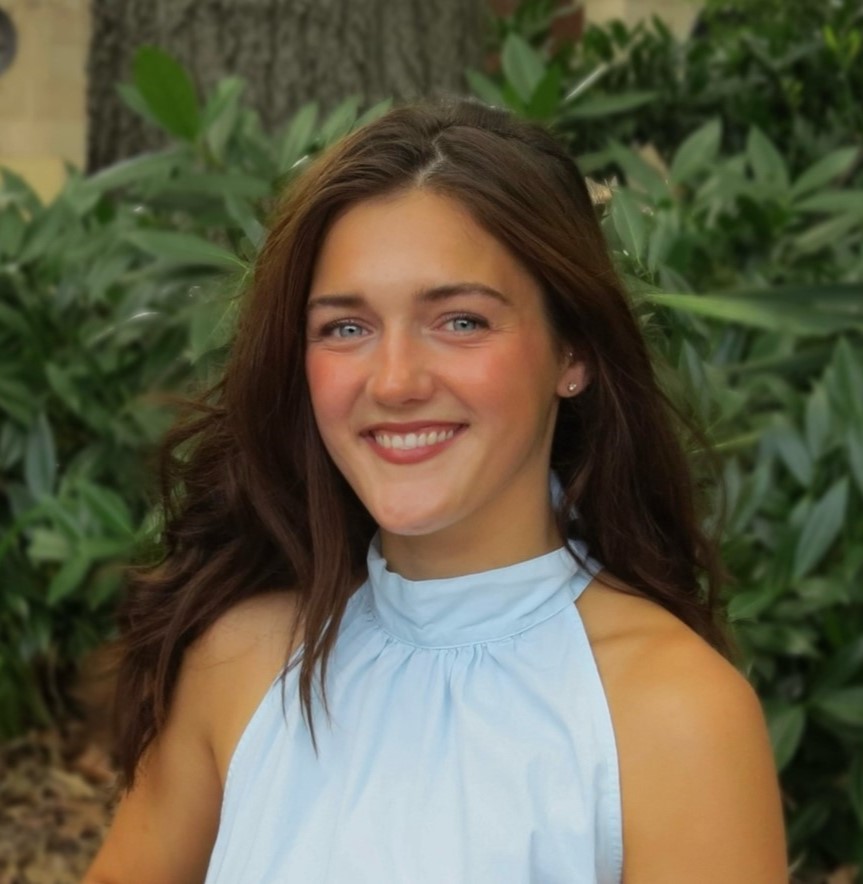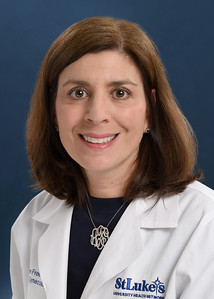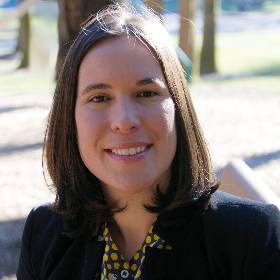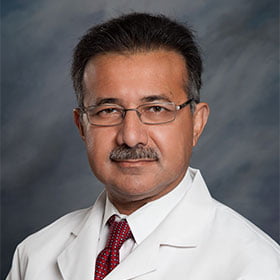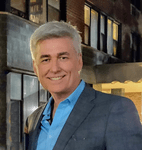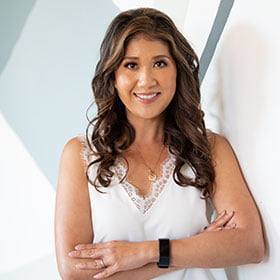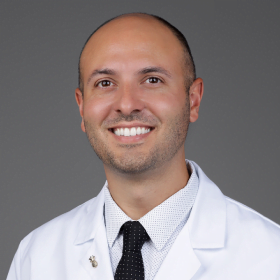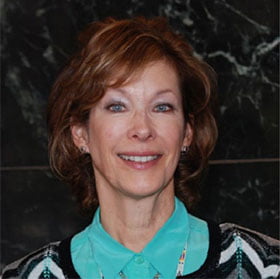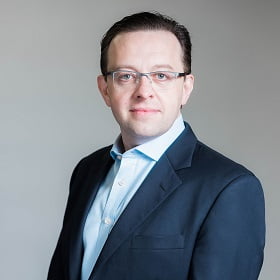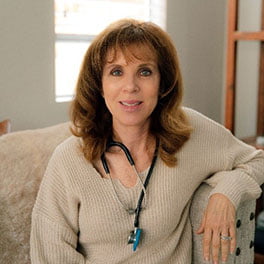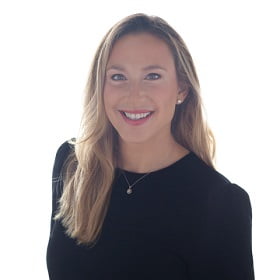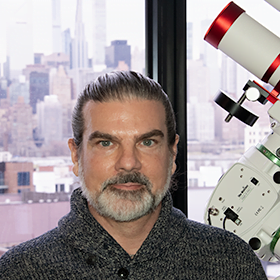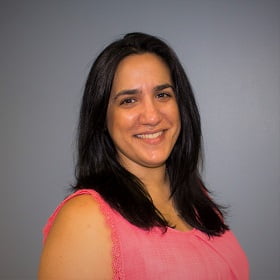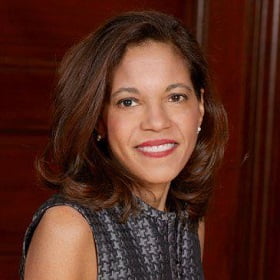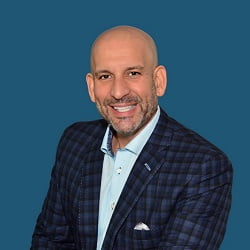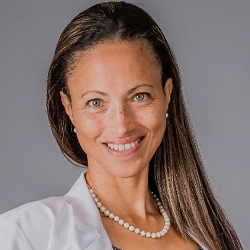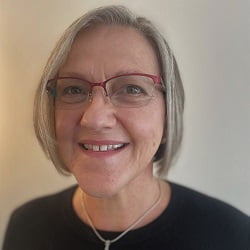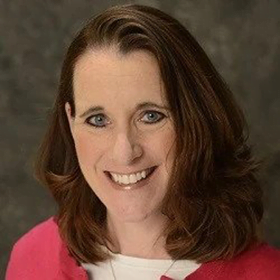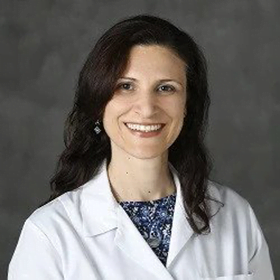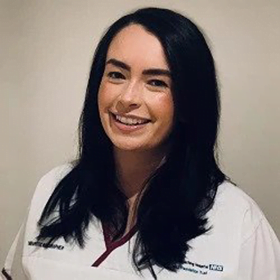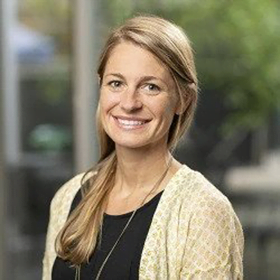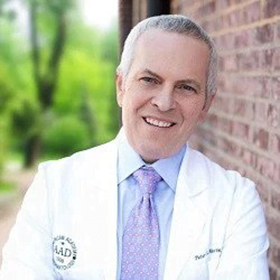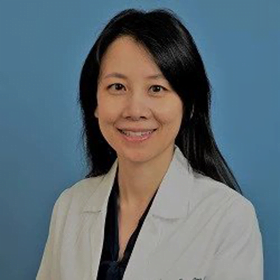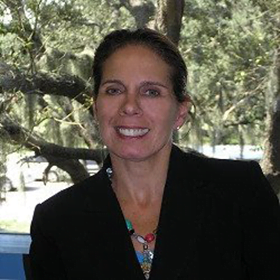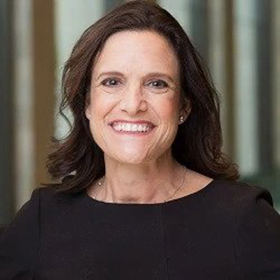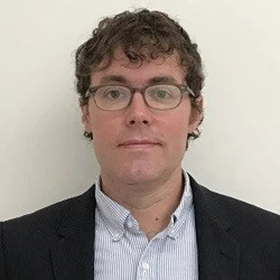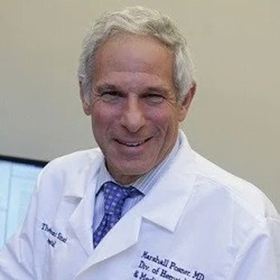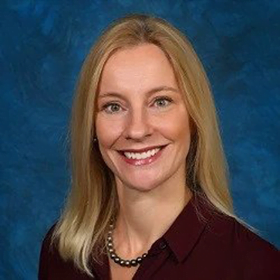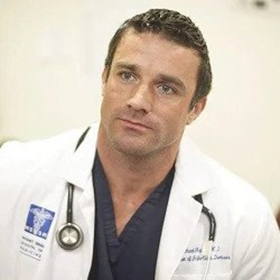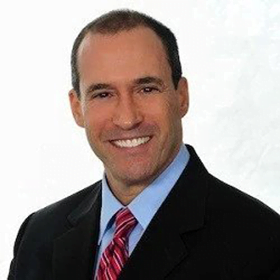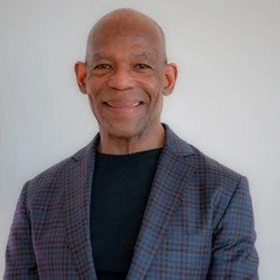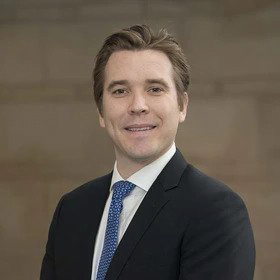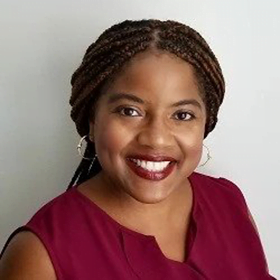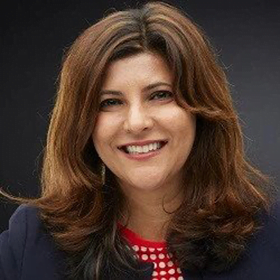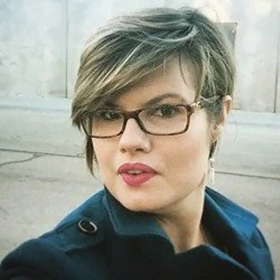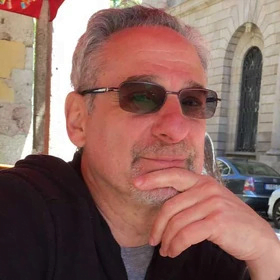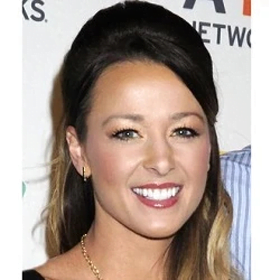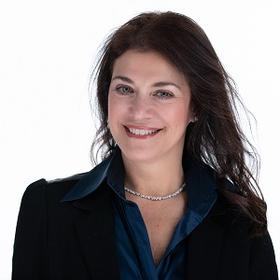In the Office with Dr. Marcelo W. B. Araujo
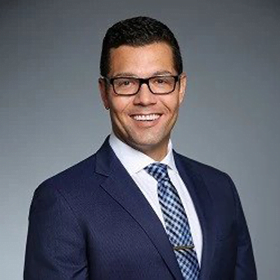
Marcello Araujo DDS MS PhD is Chief Executive Officer of the ADA Science & Research Institute and the ADA Foundation and provides direct scientific advice to the ADA Board of Trustees and the ADA Chief Science Officer.
As both a dental surgeon and an epidemiologist, he has been instrumental in creating ADA guidelines and training in preventing and screening for HPV cancers. He provides administrative and scientific guidance within the Institute and agencies of the ADA to address current and emerging scientific issues that affect public health, patient care, dental practice, and national and international health programs.
Dr. Araujo held academic positions both in the United States and in Brazil, where he also practiced dentistry in his hometown of Rio de Janeiro. Dr. Araujo received his Doctor in Dental Surgery and earned a Certificate in Periodontology at Universidade Gama Filho in Rio de Janeiro, Brazil. He received his PhD in Epidemiology and Community Health, and Master of Sciences in Oral Sciences from the State University of New York at Buffalo, where he also completed a two-and-a-half year Fellowship in Periodontology research and teaching.
Tell me how you first got involved with the problem of HPV cancers?
I’ve been working at the American Dentistry Association (ADA) for seven years. Back in 2015 or 2016, I was asked to be involved with an HPV round table run by the American Cancer Society. What we saw was an interesting pattern of increased cases of oropharyngeal cancer for men in the United States.
I’m an epidemiologist as well as a dentist, and we could see that there was a change in the trend. The incidence of ovarian HPV-related cancers was going down, but the incidence of oropharyngeal cancers was rising. We started to examine why this was happening.
We realized that about 20 years earlier, men were not yet approved for the vaccine by the FDA. So, what we were seeing was that HPV cancers were decreasing in women who were vaccinated, but the incidence was increasing in unvaccinated men. Men were also more likely to be smokers, a risk factor for HPV cancers. So, it became a priority for us at the ADA to look into this more.
Then, when I went to the American Cancer Society’s round table, I realized that dentists were not involved in the HPV conversation. Head and neck surgeons were talking about HPV cancers, but people involved with cancer treatments and research weren’t really bringing dentists into the conversation enough. Doctors are very specialized, and they don’t tend to interact a lot across fields.
So, we started to reach out and we talked to Dr. Alessandro Villa Chief of the Sol Silverman Oral Medicine Clinic at UCSF. He and I put together a working group to figure out what needs to be done. And then MD Anderson got involved, and we managed to gather a lot of data to help us formulate an ADA policy for preventing oral and oropharyngeal cancer.
So your goal was to break down the barriers between the doctors who treat oropharyngeal cancer and the dentists who can prevent the cancer?
Yes, we felt that the best way to get dentists on board with HPV cancer prevention was for the ADA to communicate with dentists and give them HPV cancer related guidelines.
What are the ADA guidelines for dentists?
We recommend that dentists recommend or give the HPV vaccine to all patients who fall within the FDA recommendations. We also recommend that dentists screen patients for oropharyngeal cancers.
Tell me more about dentists screening for oropharyngeal cancers?
When we started this initiative, the vaccine wasn’t yet approved for many groups. So, we really wanted to focus on screening for oral and oropharyngeal cancer. We wanted to figure out how to help our members understand how to screen for HPV cancers.
That’s where MD Anderson came in. They helped us develop screening practices and guidelines for diagnosing oral and oropharyngeal cancers. These are different: one is in the oral cavity and one is in the throat. A lot of dentists are bombarded by companies marketing this camera or that device for screening. But these devices aren’t actually necessary. We know that a visual examination is the best way to look for cancer. So, we laid out guidelines for a visual examination.
Our guideline back then also supported vaccines if approved and then we also supported Merk when they asked the FDA to expand eligibility for the vaccine
And then you started a campaign to educate dentists about HPV cancers?
Our idea was to educate dentists. We developed educational brochures for dentists, and we developed courses. We worked with the University of Illinois in Chicago, with Dr. Theresa Hofstede from MD Anderson. and with Dr. Alessandro Villa from the University of California at San Francisco to created our education policy.
We put in place a policy for educating dentists and created courses.
What role should dentists play in regard to HPV vaccination?
We ask that dentists give HPV vaccines themselves. People see dentists twice a year, so we feel that it would be really good for dentists to also recommend the HPV vaccine and vaccinate their patients themselves.
We needed to help our members understand that it’s important to vaccinate patients and that there should be no stigma.
Dentists don’t really want to have a conversation with patients about HPV. Some are uncomfortable, and we wanted to make it doable for them. We said that if they didn’t want to vaccinate patients themselves, they should at least send the parents of children they see to pediatricians. We told them to ask in each patient’s medical history whether the patient has been vaccinated for HPV. Dentists know that HPV causes oral cancer, so we think it is important for them to ask about HPV vaccination.
Are there any difficulties regarding getting dentists to vaccinate their patients?
One problem has been that not all states allow dentists to vaccinate patients. Another problem is the way the vaccine is stored. Dentists would need to make changes in their practice in order to have the specific type of fridge that is required. Many dentists would not spend that much, so our focus was to get dentists who don’t themselves vaccinate to at least refer patients to a pediatrician or a pharmacy that does. Hopefully, a patient at least leaves with a prescription they can take right to the pharmacy to get the vaccine. With children, it’s important the dentist makes sure that the mother (it’s usually the mother who makes this decision) will actually take the next step of making an appointment for their child with a pediatrician. The dentist needs to make the parent understand the importance of the vaccine.
What age patient age groups have you focused on?
We recommend the vaccine for everyone up to age 45. The best time to be vaccinated, though, is ages 11 to 18. So, we have focused a lot of effort on reaching pediatric dentists, orthodontists, and oral surgeons. So many children see orthodontists, and teenagers see oral surgeons to remove wisdom teeth. These dentists see kids at an age when the vaccine is so important and effective for them. So, we really focused on these types of dentists.
Has this initiative been effective?
What we know is that there is a higher interest on the part of dentists in our materials on HPV cancer. But, of course, the problem has been Covid. There has been a drastic overall decline in HPV vaccination because of the pandemic. So, now we have to figure out the next step.
Has every dentist been trained to look for HPV cancer?
Yes, absolutely, it’s part of the curriculum, and we have worked to further awareness of HPV even more.
What should people who have high-risk HPV, or survivors of HPV cancers do in terms of prevention?
I think first the most simple thing is that when you go to your dentist to go for your cleaning, make sure that they’re screening for cancer. They should open your mouth and look all the way back into your throat.
And as you mentioned, a camera is not necessary, right?
We don’t support that. We really don’t see a difference between using a camera versus using a light and the goggles dentists use. There is no difference between these two methods. That could have created a stumbling block if dentists believed they had to buy an expensive camera for this exam. But it’s just not necessary. The camera does not show anything different than what a dentist can see without it. They have been trained to look for cancer.
What symptoms should people be looking out for?
The difficulty of oropharyngeal cancer is the location. It is hard for us to find it ourselves; in the mirror you can’t see it. It’s small. But if every six months you go for a dental cleaning, make sure you are getting the full exam. If you feel you aren’t getting checked, then ask and make sure they are checking you. The older generation of dentists were not aware of HPV cancers, so if you have a dentist who was trained before there was more awareness, you might want to emphasize your desire to be screened.
Are there areas you’d like to see improving in the future?
I’d like to see more and more vaccination and vaccination referrals. Hygienists should also be referring patients for vaccination. People get dental cleanings often, so this is a great opportunity for dental professionals to educate about HPV and raise vaccination rates.
